Everyone reads in English at different speeds. Some finish a 500-page book in a day, and some take a month to read a 100-page book. There is no “wrong” speed for reading, it is very subjective and depends a lot on the individual. And that’s absolutely okay!
You are reading this because you are practicing for the IELTS Exam (and most likely, struggling with it). The problem here is that the test is time-bound, and you only have 60 minutes to answer 40 questions that are all based on the text that is given to you, and which you have most likely never read before.
In IELTS Reading, you have probably heard about the ‘scan and skim’ technique. It is said to be one of the most popular techniques to help you solve IELTS questions. Basically, you need to identify keywords, scan for the keywords in the text and then skim for the answer. This technique helps you skip unrelated information that might slow you down in the process of answering the provided questions.
But does it really work?
Yes, it does. But…
… only if there is a name or a number in the question because names and numbers do not change in the process, which means the names and numbers you see in the questions appear in an exact way in the text. So, you just need to scan for the names and numbers in the texts and then skim for the answers. Easy peasy!
What if the question doesn’t involve any name or number? Does it still work?
Yes, but you need to modify it a little bit!
Other keywords in IELTS Reading questions are normally replaced by synonyms as a result of paraphrasing. So, if you focus on looking for the exact words, it might lead you to nowhere or you will reach a part with unrelated information. This is why you don’t have enough time for all 40 questions.
The good news is you can still use the ‘scan and skim’ technique, but it must be adjusted a little bit.
Instead of scanning for words, you should scan for the meaning, then skim for the answer.
As mentioned, except for names and numbers, the keywords in the questions are often replaced by synonyms (as a result of paraphrasing). However, the meanings must remain the same (also a result of paraphrasing).
So, even if you cannot find the exact words, you will always find the exact meaning.
@ieltswithhuyen ONE WAY THAT CAN GUARANTEE THE RESULTS OF 'SCAN AND SKIM'. Instead of scanning for words, you should SCAN FOR THE MEANING THEN SKIM FOR THE ANSWER. As mentioned, except for names and numbers, the keywords in the questions are often replaced by synonyms (as a result of paraphrasing). However, the meanings must REMAIN THE SAME (also a result of paraphrasing). So, even if you cannot find the exact words, you will ALWAYS FIND THE EXACT MEANING. Here is what you should do. 1. Scan the question and identify any name or number. Read the question (if needed). 2. If there is a name or a number (or both), scan for the name and the number in the text, highlight the name/number then skim for the answer. 3. If there is no name and/or a number, scan for the exact meaning of the question in the text, highlight the part where it is located then skim for the answer. Keep in mind that depending on the type of question you are dealing with, you are requested to read the question first or read the text first. The goal is to make sure you spend more time answering the questions than reading the text. This 'meaning scan and skim' technique works for all types of questions with or without a name and/or a number. And it helps you avoid tricks in reading because of looking at the wrong part of the text. You can practice for IELTS Reading with free tests on Practice9.co. Let me know what you think! 👉 FREE practice tests on www.practice9.co 🔗 FREE resources link in my bio 🫶 Have fun learning #learnielts #ieltsreading #ieltsreadingstrategies #ieltspreparation #ieltsreadingtips #ieltswithhuyen ♬ original sound - Huyen Nguyen | IELTS teacher
Here are the 3 steps:
- Scan the question and identify any name or number. Read the question (if needed).
- If there is a name or a number (or both), scan for the name and the number in the text, highlight the name/number then skim for the answer.
- If there is no name and/or a number, scan for the exact meaning of the question in the text, highlight the part where it is located then skim for the answer.
- Keep in mind that depending on the type of question you are dealing with, you are requested to read the question first or read the text first. The goal is to make sure you spend more time answering the questions than reading the text.
This ‘meaning scan and skim’ technique works for all types of questions with or without a name and/or a number. And it helps you avoid tricks in reading because of looking at the wrong part of the text.
Let me know what you think!
And of course, the more practice you do, the better you will get at it.
You can do free practice tests here.
Struggling with IELTS Reading? Schedule a 60-min consultation call now.
Have fun learning.

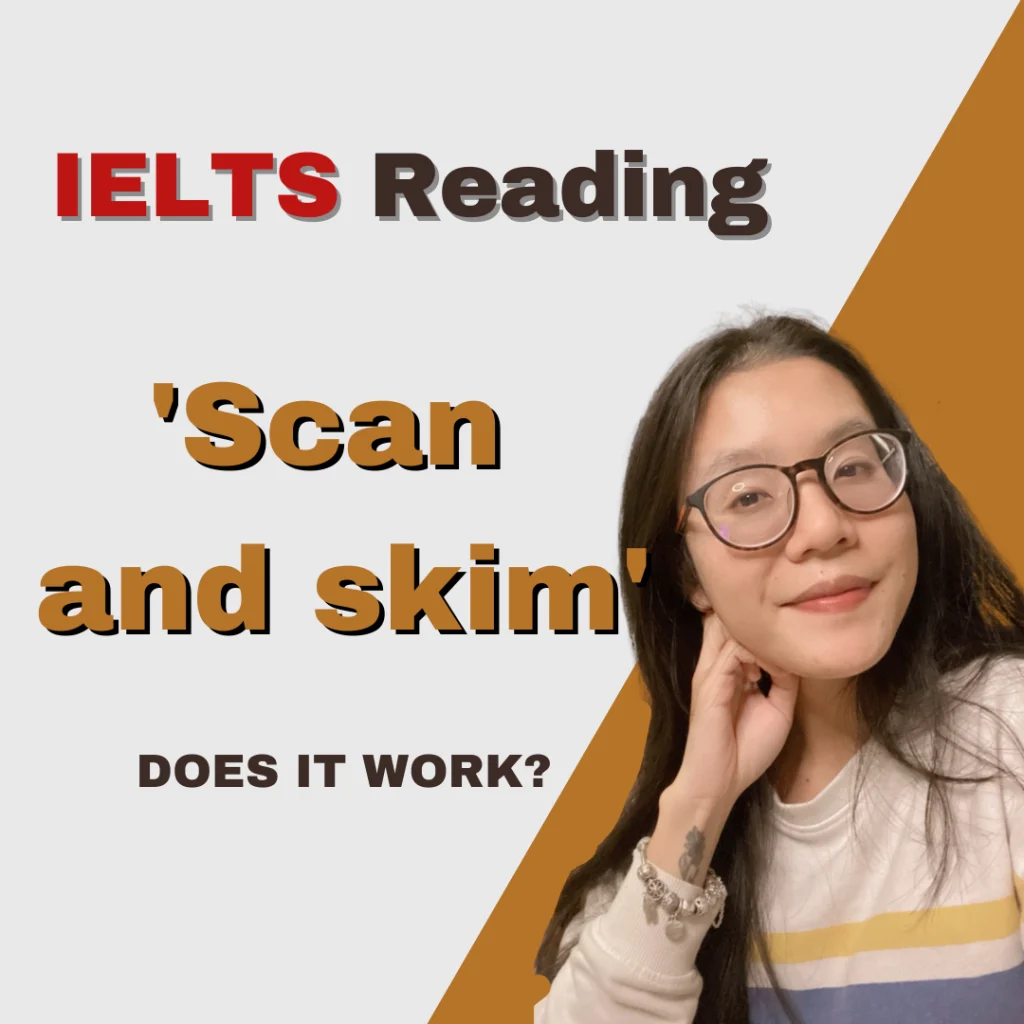
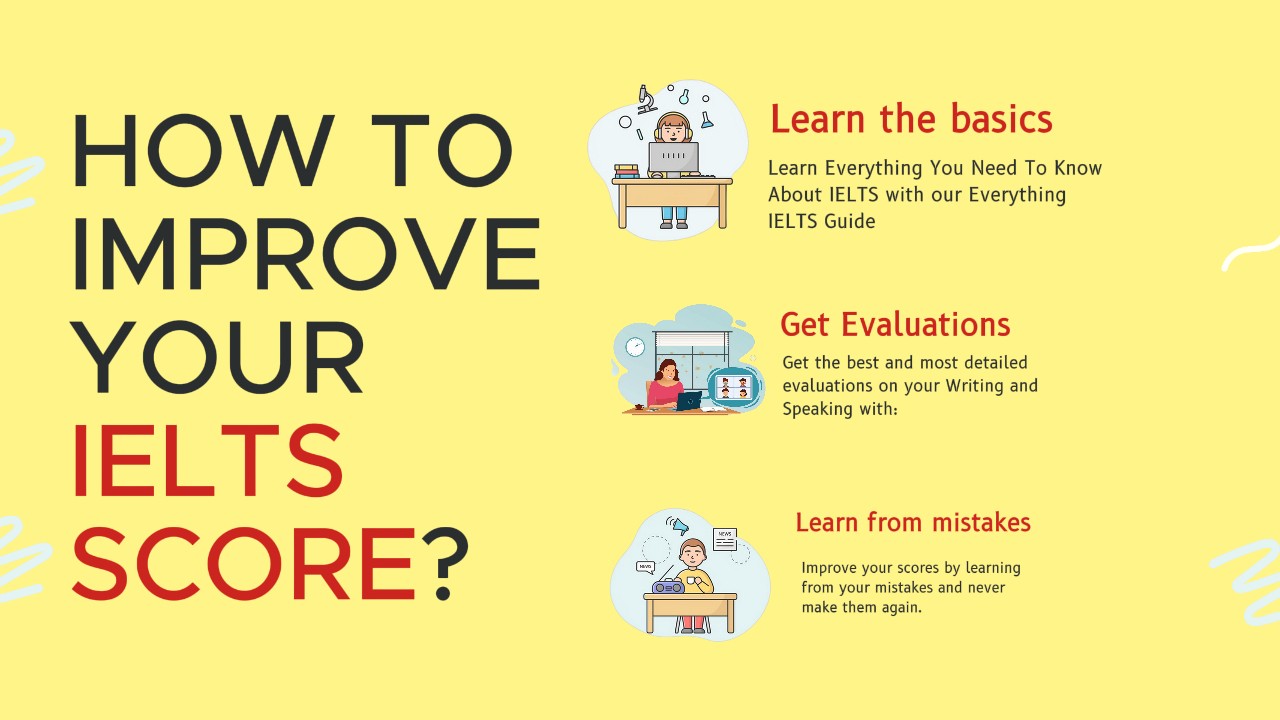
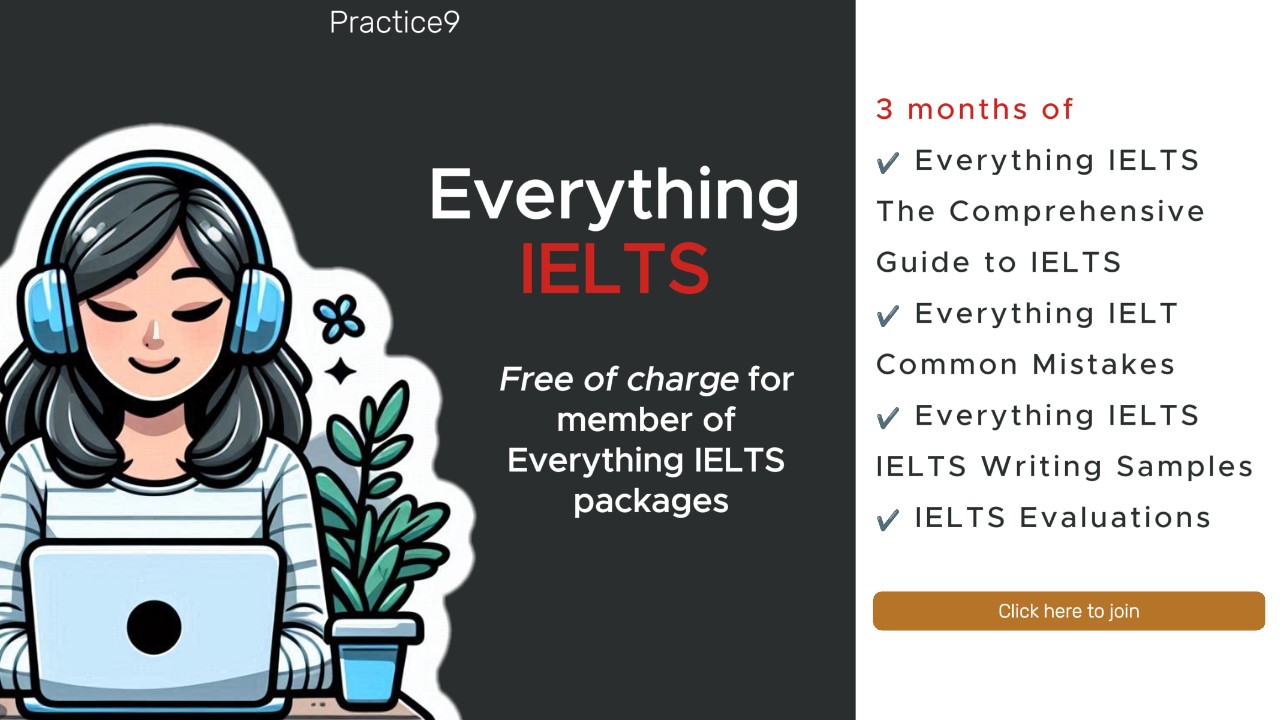
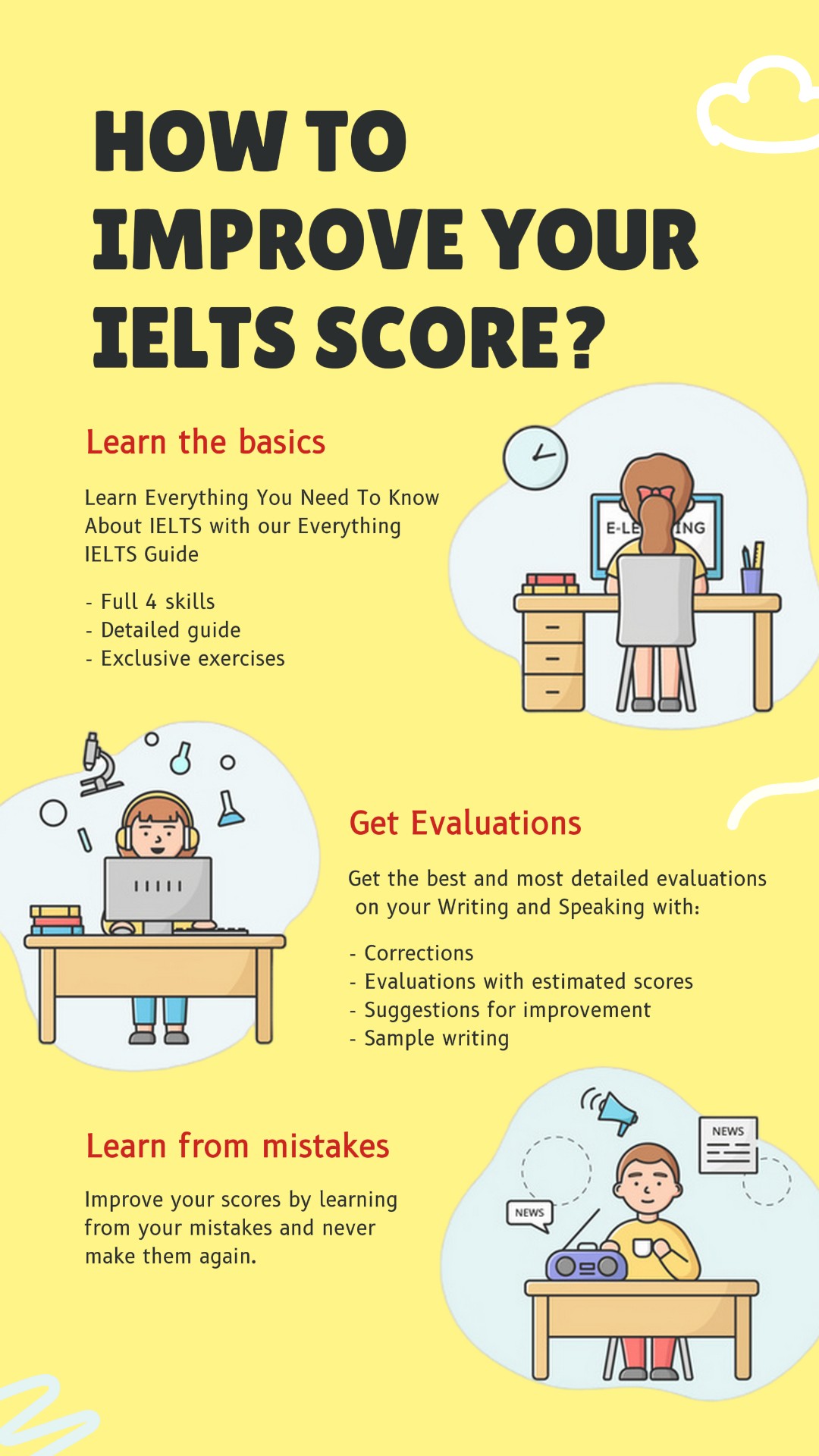
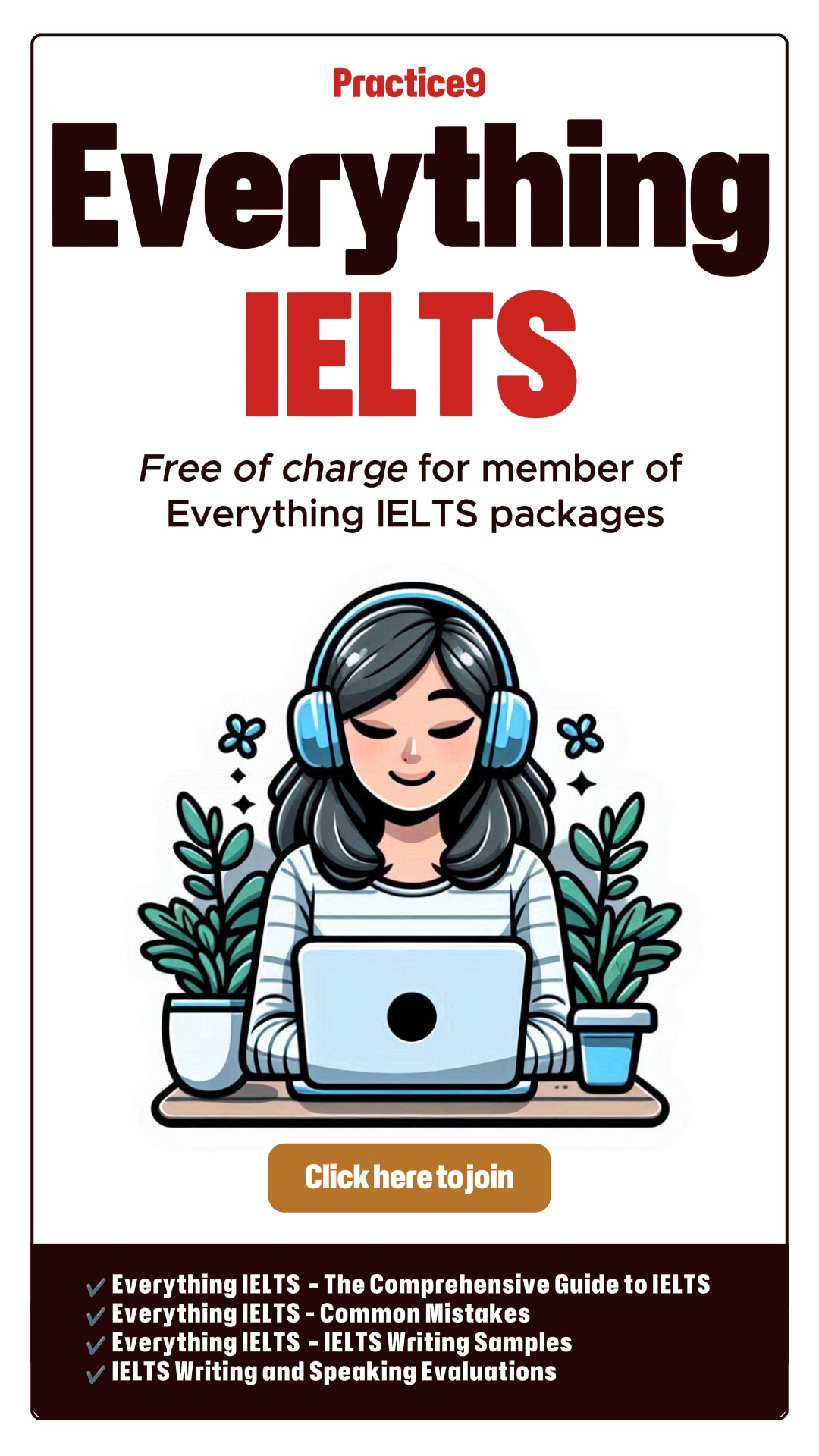

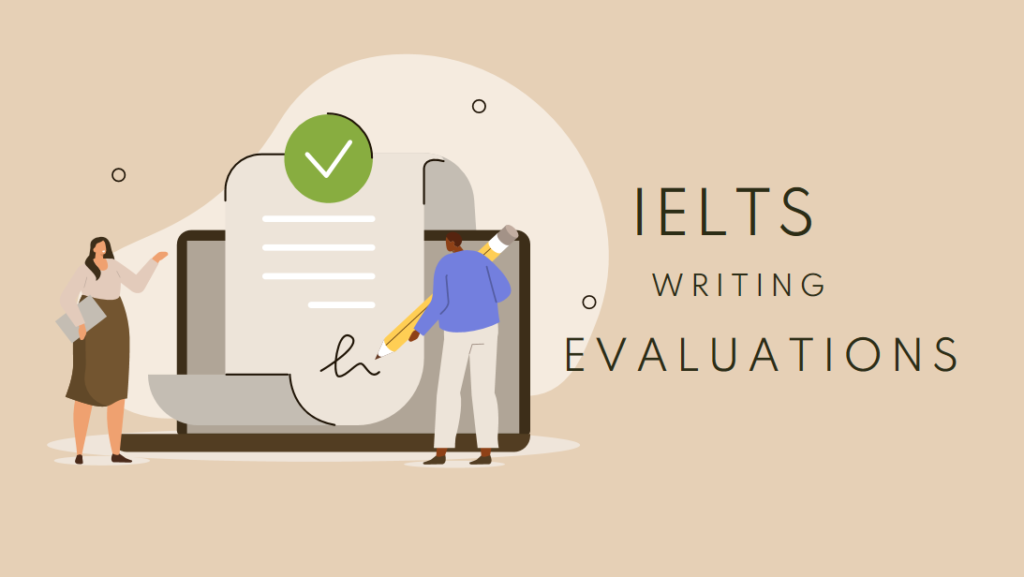
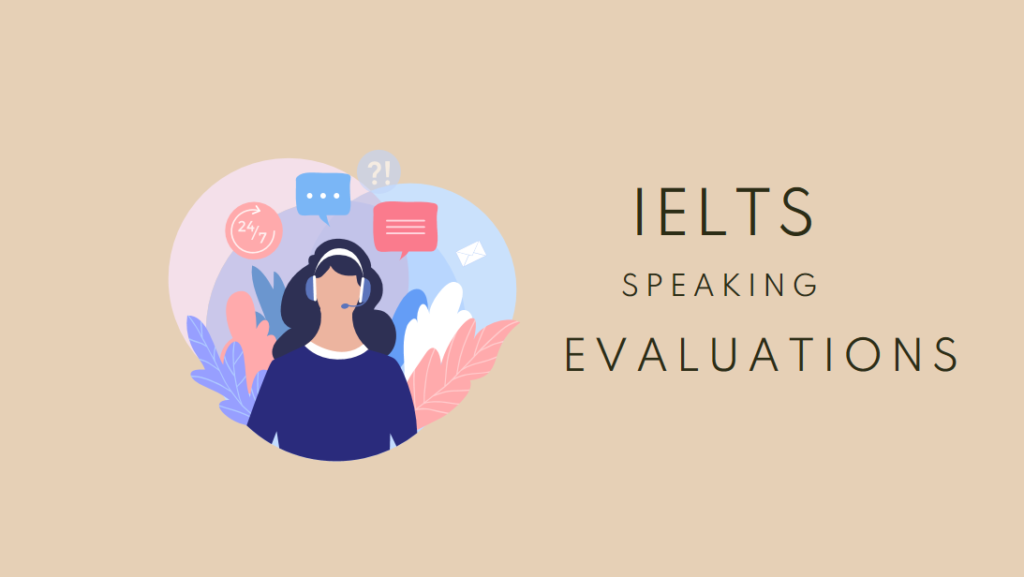





Responses